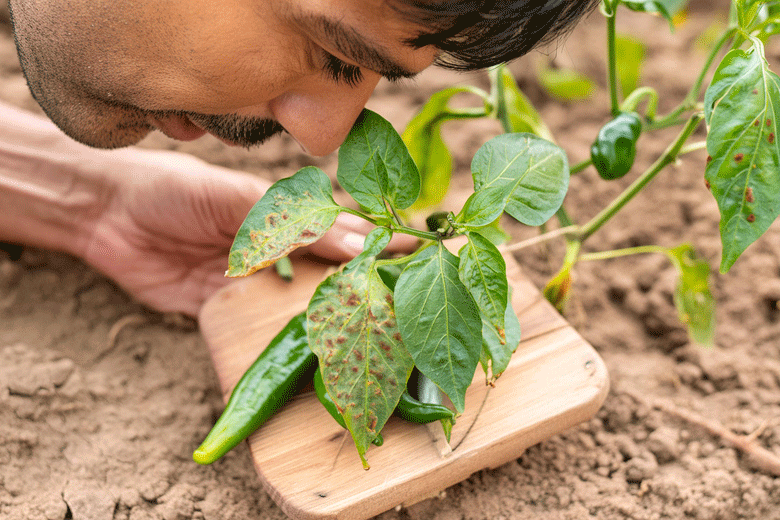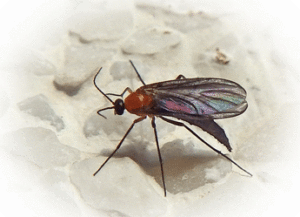 Combating problems
Combating problems
Growing chillies can be both exciting and challenging, offering the satisfaction of cultivating your own flavourful peppers. As you embark on this journey, you’ll encounter various Chilli growing problems that may hinder your plants’ growth and development, from yellowing leaves caused by nutrient deficiencies or pest infestations to issues like stunted growth, blossom drop, and disease outbreaks. Understanding and addressing these challenges are crucial steps towards achieving a successful harvest.
To combat these issues effectively, it’s crucial to carefully assess your plant’s environment and make necessary adjustments. Ensure proper watering practices, provide adequate nutrients through fertilization, and regularly inspect your plants for signs of pests such as aphids or spider mites. If you suspect a nitrogen deficiency is causing the yellowing, consider fertilizing your plants with a nitrogen-rich fertilizer to promote healthy leaf development and combat the issue.
By addressing these Chilli growing problems head-on and implementing proactive measures, you can ensure the health and vitality of your chilli plants, leading to a successful harvest. Remember, with patience and perseverance, you can overcome any obstacles that come your way. If you ever need guidance or assistance, don’t hesitate to reach out to the Chilli Workshop. Together, we’ll navigate the intricacies of chilli growing and cultivate thriving plants that yield bountiful harvests. Happy growing!
 Yellowing Leaves:
Yellowing Leaves:
One common issue faced by chilli growers is yellowing leaves. This can be caused by various factors, including nutrient deficiencies, overwatering, or pest infestations. To remedy this, assess your plant’s growing conditions and adjust accordingly. Ensure proper watering practices, provide adequate nutrients through fertilization, and inspect your plants for signs of pests such as aphids or spider mites. If nitrogen deficiency is suspected as the cause of yellowing leaves, consider fertilizing your plants with a nitrogen-rich fertilizer to promote healthy leaf development and combat the issue
Blossom Drop:
Another frustrating problem is blossom drop, where flowers prematurely fall off the plant before fruiting. This can occur due to fluctuations in temperature, inadequate pollination, or environmental stress. To mitigate blossom drop, maintain consistent temperature and humidity levels, encourage pollination by gently shaking the plant or using a small brush, and ensure proper airflow around your plants.
Stunted Growth:
If your chilli plants are experiencing stunted growth, it could be due to factors such as insufficient light, poor soil quality, or overcrowding. Assess your plant’s environment and make necessary adjustments, such as providing supplemental lighting, amending soil with organic matter, or spacing plants further apart to promote healthy growth.
organic matter, or spacing plants further apart to promote healthy growth.
Pest Infestations:
Pests such as aphids, whiteflies, and spider mites can wreak havoc on chilli plants, causing damage to foliage and inhibiting growth. Monitor your plants regularly for signs of pest infestations, such as yellowing or distorted leaves, and take appropriate action to control them. Additionally, fungus gnats can pose a threat to chilli plants, especially in moist environments. To counter fungus gnat infestations, consider using hydrogen peroxide solution as a natural and effective remedy. Dilute hydrogen peroxide with water and apply it to the soil to kill larvae and prevent further infestation. In addition to organic pest control measures like neem oil or insecticidal soap, hydrogen peroxide can help keep your chilli plants healthy and pest-free.
Disease Outbreaks:
Chilli plants are susceptible to various diseases, including fungal infections like powdery mildew and bacterial diseases like bacterial leaf spot. Practice good garden hygiene by removing infected plant material, providing adequate airflow around your plants, and avoiding overhead watering to minimize the risk of disease spread. Consider using disease-resistant varieties and rotating crops to prevent recurrence.
By addressing these common chilli growing problems and pests proactively, you can ensure the health and vitality of your chilli plants and enjoy a successful harvest. Remember, patience and perseverance are key traits of every successful chilli grower. If you’re ever in doubt, don’t hesitate to reach out to the experts at Chilli Workshop for personalized advice and assistance. Together, we’ll overcome any challenges and cultivate thriving chilli plants that yield bountiful harvests. Happy growing! 🌶️🌱
Image credit
Ian Jacobs /CC BY-NC 2.0/ via Flickr
